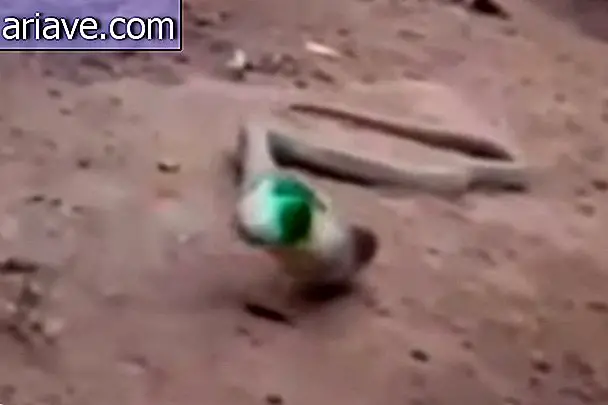They are calling this 2,000 year old skeleton "Sleeping Beauty"
Russian archaeologists have come across a very interesting grave recently in Siberia. In it, the team came across a stone coffin containing the partially mummified body of a young woman who lived during the 1st century - that is, about 2, 000 years ago - and a host of artifacts, including a mirror, object that earned her the nickname "Sleeping Beauty."
But these are not the only interesting things about the discovery. According to Michelle Star of Science Alert, the site where the tomb was found is on the banks of the Yenisei River, which in turn is near a huge dam that feeds a hydroelectric dam and, since the 1980s, the site stays almost all year submerged. This factor, by the way, probably helped to preserve both the skeleton and the artifacts buried with the young woman.
Rest of millennia
As the region is flooded for much of the year, archaeologists have a "window" to explore the region between May and June, when the dam's waters recede slightly. The grave was found in May this year and, according to the researchers, although the young woman's upper body decomposed, the lower part underwent a natural mummification process.

And because the remains remained sealed inside the stone casket all this time, the local environment helped keep artifacts and even fabrics - such as skin and other organic structures - intact. According to Michelle, archaeologists have yet to establish who the girl was inside the grave, but the objects they found with her suggest that she is a nomadic huna.

The artifacts and skeleton have yet to be properly examined, but the body has been found “clothed” in (probably) silk clothes, a beaded belt with a zipper that looks adorned with some patterns, and nestled near the young woman's head. a wooden box containing a Chinese mirror. All these elements indicate that the woman was a respected member of the group to which she belonged and that the girl could have noble origins.
Archaeologists also found inside the coffin ceramic utensils and two containers containing what they identified as "funerary meals." One of these two pots is a typical vase from Huna culture, and the researchers also found a pouch placed on the girl's chest containing dried fruits - common practices in Hun burials.

Now archaeologists - led by Marina Kilunovskaya of the Institute for the History of Material Culture in St. Petersburg, Russia - should continue their analysis of the uncovered artifacts to try to find out more about the intriguing occupant of the grave. Interesting, don't you agree?
***
Do you know the Mega Curioso newsletter? Weekly, we produce exclusive content for lovers of the biggest curiosities and bizarres of this big world! Register your email and do not miss this way to keep in touch!











